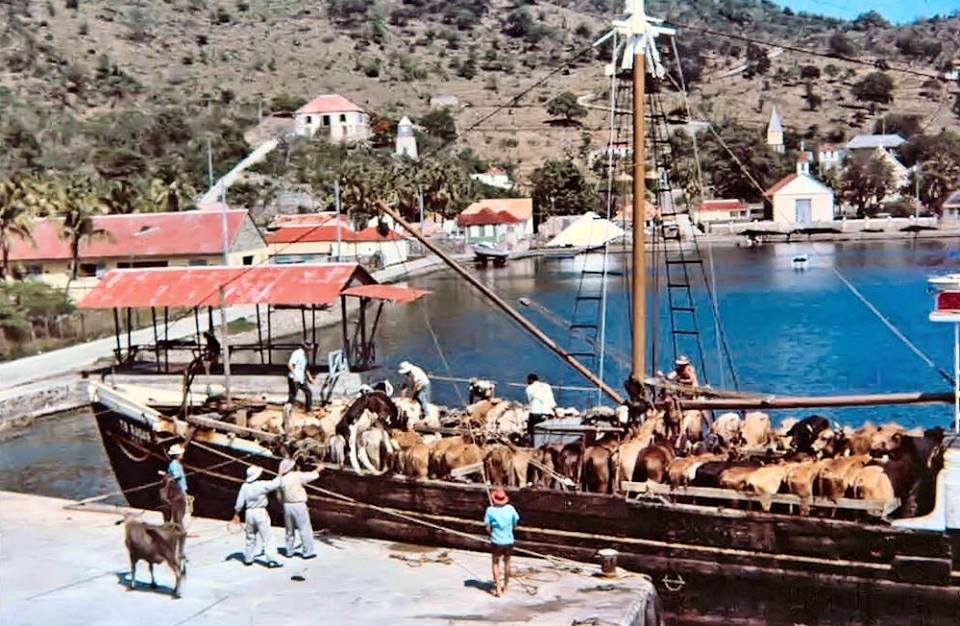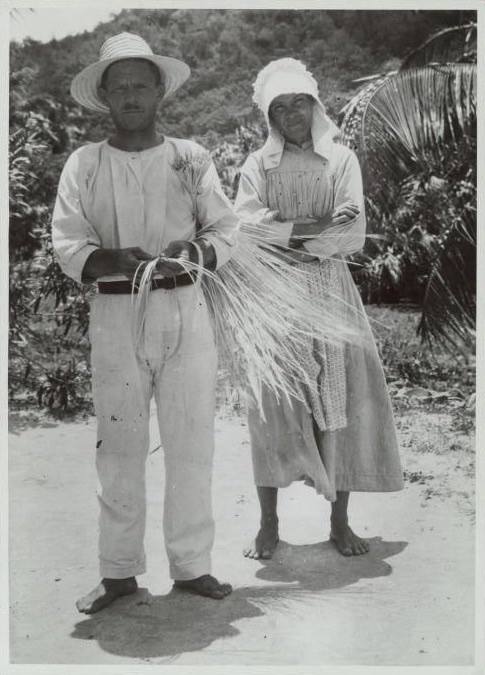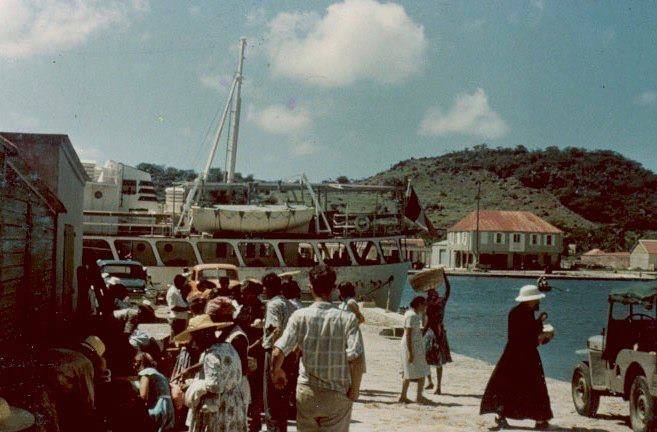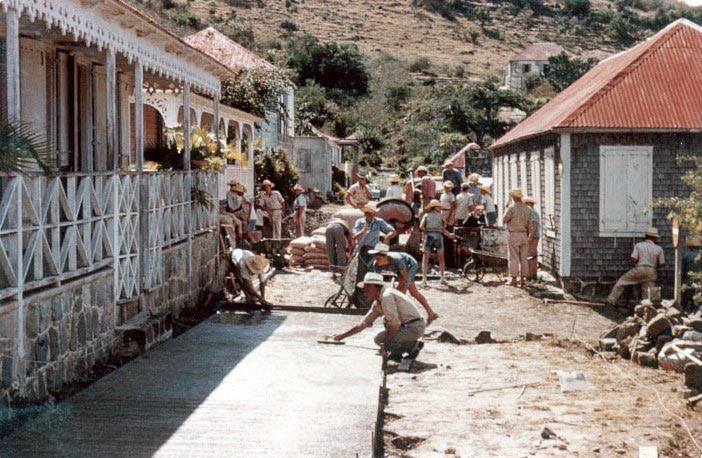Culture
The population of Saint Barth remains very conservative, proud of its history. Also, no false impressions: the inhabitants of St Barth are secret, but much more welcoming than they show. Tradition often awakens in the great moments of family life: birth, baptism, First Communion, engagement, marriage or funeral... During the 19th century, when the St Barths found a semblance of normal life, young men did not hesitate to court young girls, but discreetly, because the chaperone's eye spotted anything that seemed to be overflowing. All happy occasions ended with the traditional "ti-sec", the roasted cake or the "potato pudding". The accordion, tambourine and maracas were pulled out and a small neighbourhood ball was quickly organized. Sunday masses, romantic weddings and processions brought out or tried out the beautiful toilets. The traditional costume is honoured for the patron saint's day or other folk events.

All these head covers were used to protect against the sun and scratches from wood collected for cooking and were also very useful to keep away the few English and Swedish people too enterprising, hence the name Quichenotte (kiss me not). Later, the carriage gave way to a straw hat, and the St Barths, used to natural disasters and especially cyclones, built houses that could withstand strong gusts of wind during major storms, and had always done so. Thus you will be able to see some huts built with lime on the Marigot side or in essentes on the Corossol side. You will also notice that these St Barth huts always go hand in hand, the main house which has two rooms: the bedroom and the living room, and nearby another building, an outbuilding that serves as a kitchen or cistern. as water is very scarce in St Barth, the slightest drop of rain was and still is collected, flowing from the gutters into the cisterns for the lime huts and the current houses, and into jars for the huts with essentes.

In Gustavia, we cannot forget that the island belongs to Sweden. Many buildings are still there, such as the old town hall, the Brigantin or the Clocher, built at the stone base and on the wooden floor. Not to mention the mysterious Wall House, which has now been renovated to house the territorial library and the Heritage

Destination Saint-Barths is a private site and has no link to the official sites of the Collectivité de Saint-Barths. A few years ago, as you visited the different districts of the island, you could still see some ladies wearing the traditional headdress. Between the carriage and the straw hat in Corossol and Colombier and the panama in Cul de Sac, Marigot or Vitet, these caps are all a symbol. The carriage or Quichenotte, a large white cap, is distinguished in 2 categories: The platinum carriage made of braids sewn together, the stick carriage made of thin wooden rods inserted in the spaces created for this purpose, and the cape (which no longer exists except in the Gustavia Museum) made of blue fabric for work and black for outings.

these head covers were used to protect against the sun and scratches from wood collected for cooking and were also very useful to keep away the few English and Swedish people too enterprising, hence the name Quichenotte (kiss me not). Later, the carriage gave way to a straw hat, and the St Barths, used to natural disasters and especially cyclones, built houses that could withstand strong gusts of wind during major storms, and had always done so. Thus you will be able to see some huts built with lime on the Marigot side or in essentes on the Corossol side. You will also notice that these St Barth huts always go hand in hand, the main house which has two rooms: the bedroom and the living room, and nearby another building, an outbuilding that serves as a kitchen or cistern. as water is very scarce in St Barts, the slightest drop of rain was and still is collected, flowing from the gutters into the cisterns for the lime huts and the current houses, and into jars for the huts with essentes.

Ecomuseum, and the architecture has changed considerably. Although still as solid as ever because of the hurricanes, the pretty modern houses with all the amenities, as well as the beautiful tourist villas, have gradually taken up a large place in the landscape.
Photo : MAGRAS Fabienne